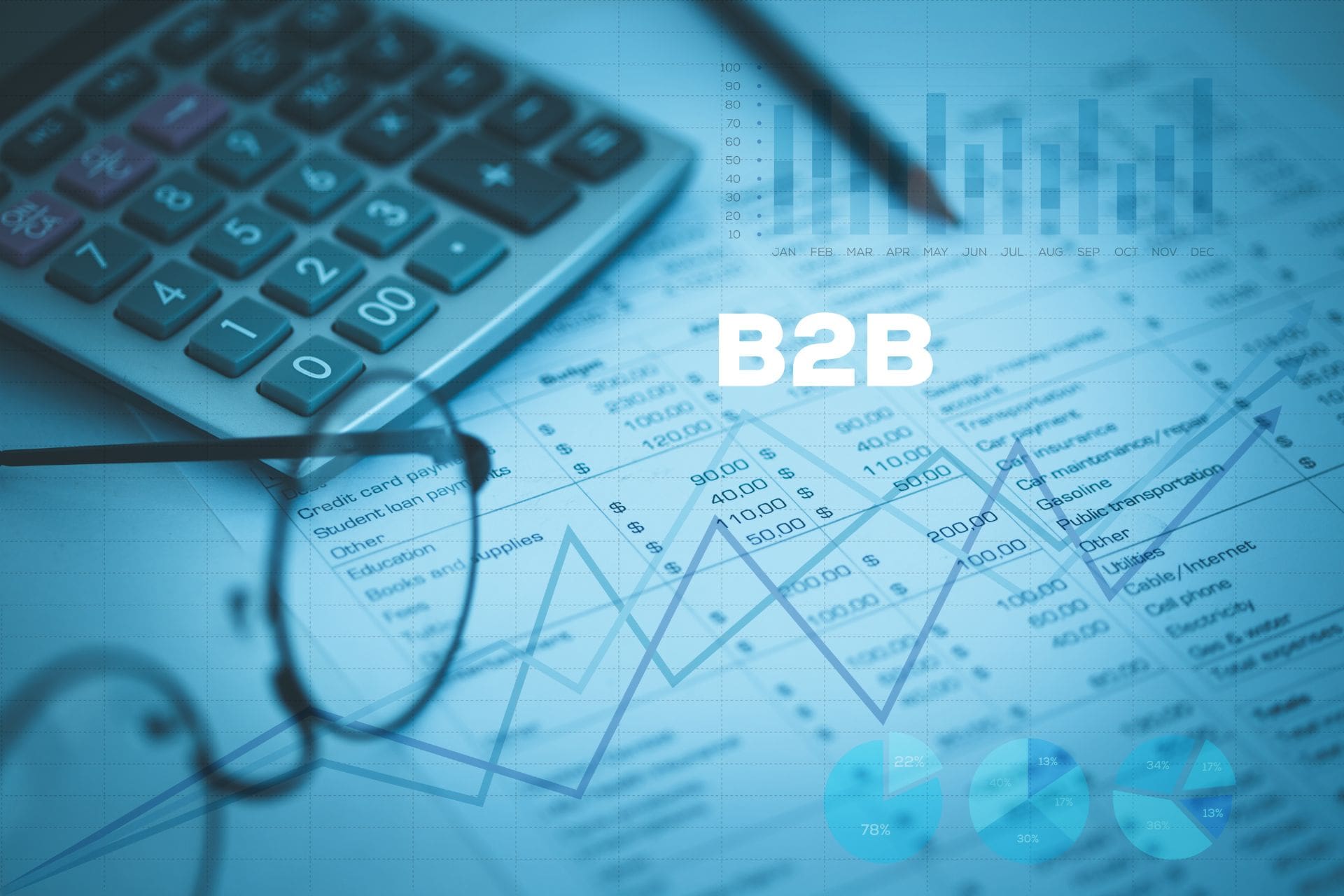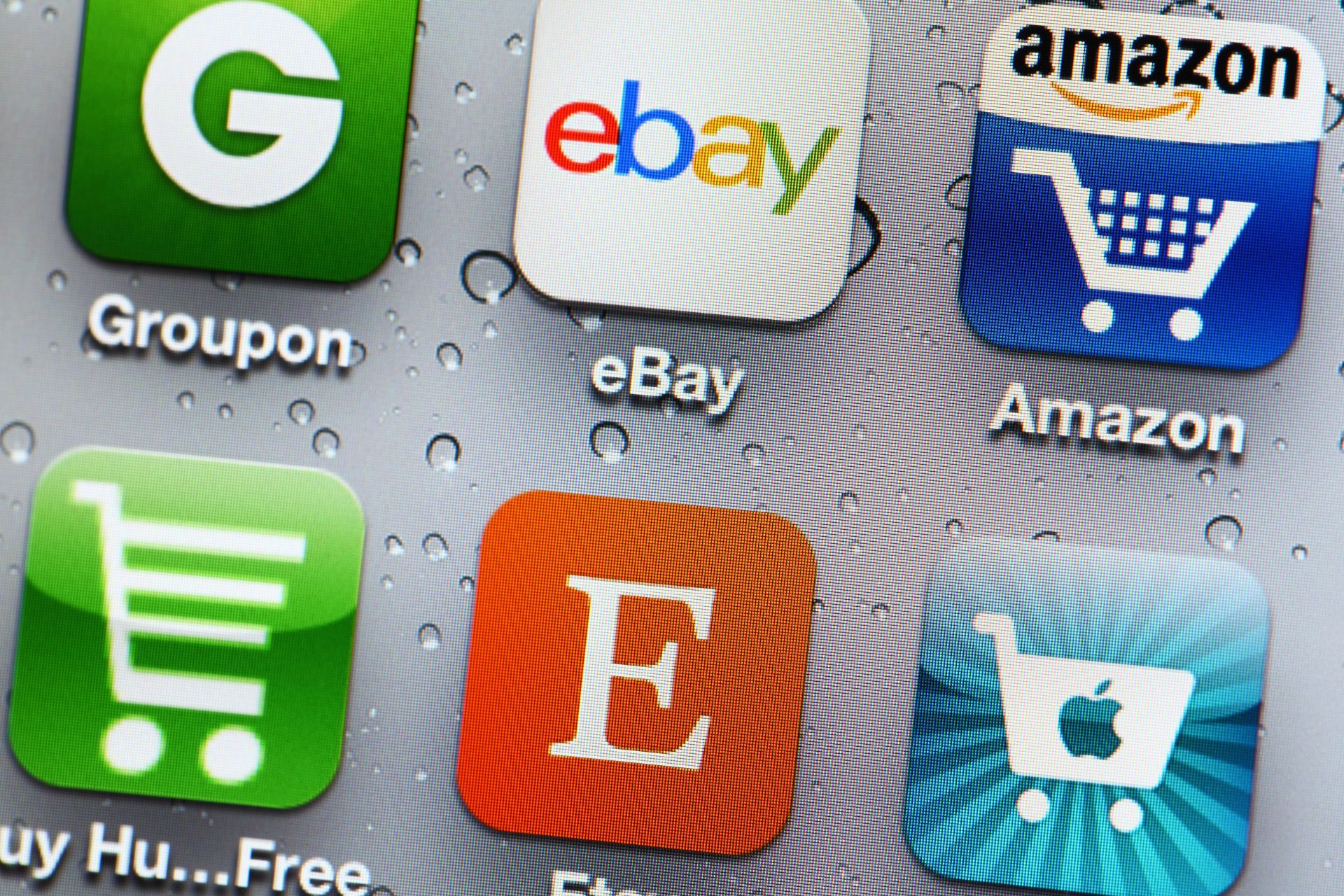If you are thinking or have decided to start an online sales business, you should first start by analyzing and considering the business model with which you operate or intend to operate. To do this, you must analyze the product you would like to sell online and then define who you intend to sell it to, on which platform and through which methods. These decisions are fundamental because they impact on the choice of ecommerce structure and on the communication, operational and sales methods.
Based on the role of buyers and sellers, four general categories of business models for ecommerce can be distinguished. Each of them has its own peculiarities and consequently offers both advantages and some criticalities.
Knowing which category your business idea falls into is useful for identifying the opportunities and challenges that the future may hold for you. In some cases, some realities also operate simultaneously in more than one category. It is therefore very important to carefully choose the most suitable ecommerce business model for your business.
The four principal business models for ecommerce
1. B2B
The B2B model, business-to-business, is when a company sells its product or service to another company. The B2B world has transitioned more slowly and with a certain delay to digital than THAT OF B2C. However, recently even those who work in B2B are realizing the importance of digital channels and are slowly proceeding to replace the classic catalogs and order sheets with digital showcases.
The peculiarities that distinguish this business model are:
- large orders
- often repetitive over time
- strong purchase intention, a B2B buyers know what they want
- longer sales cycle, as these are sales of a certain size and price, negotiations can be lengthy
- price negotiation
These characteristics concern the nature of B2B itself and do not depend on the channel used, whether it is digital or not. However, they have an impact on the logic of management and the creation of an online store.
Advantages of a business-to-business eCommerce
Using digital for sales between companies has several advantages. Firstly, the greater coverage that the company manages to obtain thanks to the web, which corresponds to a higher probability of intercepting its target. It is often believed that the target of a B2B company is not present online, but it is in fact the opposite. It's just a matter of choosing the right channels to intercept potential customers.
Another advantage is that digital allows you to manage orders more easily, allowing you not to lose data or information, as sometimes happens in a sale between people. There are also advantages on the purchasing side: errors are reduced, and orders are more easily repeatable over time. These are fundamental elements, since orders for products and services in B2B are almost always large and often recur regularly over time. This allows you to increase business efficiency.

2. B2C
The B2C or business-to-consumer model is the most widespread and with the most visibility. B2C companies sell directly to their end customer.
The main characteristic of business-to-consumer ecommerce is the tendency for a faster and more impulsive sale by the user, compared to a B2B sale. The costs of services and products are generally lower than in a B2B ecommerce, an element that favors a faster purchase.
The ecommerce structure will therefore be geared towards this method. Just think of the classic countdowns regarding temporary discounts that are triggered when the user goes to the site to prompt them to make a purchase quickly and not miss out on the opportunity.
More often than you think, users browse these sites without having any real intent to buy or visit them without knowing if they will find what they are looking for on that ecommerce site.
Advantages of a business-to-consumer eCommerce
The opening of digital stores in the B2C world is now widespread. This implies the presence of a greater rate of competition. In the world of B2C online sales, it is therefore essential to try to differentiate yourself both on the product/service side offered, and in the structure and characteristics of your ecommerce. It must be easy to intercept the brand's reference niche, and present itself in the most captivating way possible, making the user's journey easy from the first encounter with the platform to the final purchase. Here are some advantages in creating a B2C e-commerce:
- contained budget: a large budget is not required to start an online shop. The tools available on the web now allow anyone to create a good ecommerce using a limited budget. Clearly, the more resources you have, the more ecommerce can adapt to the needs of the brand
- open 24h/7: having a shop always open - can be found by anyone at any time
- limited contact with the customer: B2C sales are simple and fast, there is no need to send price lists, negotiate or discuss with the purchasing department
However, it is necessary to have the physical resources to manage the online store, i.e. products and services that are always available and an efficient shipping system.

3. C2C
The C2C or consumer-to-consumer model includes all sales and purchases between private individuals. There are many platforms that deal with this type of business. Among the best known are Subito.it, Etsy or eBay. These platforms require, in exchange for the service provided to the user, a small commission each time they upload an item or makes a sale. These are sales platforms for users who don't make commerce their first job.
Advantages of a consumer-to-consumer ecommerce
In the world of C2C, there are several advantages. The first point to underline is the low costs. You simply pay the commission of the platform you choose to use. There are no intermediaries to turn to, an element that often slows down the sale. In addition, well-known platforms such as the ones mentioned above make it possible to reach an extremely large audience.
Of course, there are also cons. In such large platforms, it is difficult to make your product stand out and the prices are extremely competitive due to the large number of sellers present. Furthermore, you have no control over the user experience, the design of the platform, or specifically how your product is presented. It is a sales method suitable for those who sell occasionally or for those who already have a strong presence online on other platforms or on social networks.

4. C2B
The C2B model, that is consumer-to-business, is probably the least known and overturns the classic relationship between company and consumer. In fact, in this case it is the user who offers goods or services to companies. For example, we can think of the case of freelancers who sell their services directly from online companies. Or to clothing brands that collaborate with bloggers and influencers to promote the launch of a product.
Advantages of a consumer to business e-commerce
The advantage of the C2B model is its competitiveness regarding the prices of products and services. This model gives consumers the possibility to set the price. Furthermore, a warehouse is not required, so the initial investments are low.
On the other hand, however, to be able to make headway in this type of ecommerce it is necessary to have a large base of contacts, to be known, credible and interesting in the eyes of brands.
The most effective solution
To achieve the best results with the budget you have, it is a good idea to rely on experts in the field. The choice of the technology to be used (Shopify, Bigcommerce, Magento, Prestashop, etc.) also has a decidedly important impact on the success of the project and, above all, on compliance with the established costs.
If you would like to learn more about this topic with one of our experts, please do not hesitate to contact us.
.webp)


